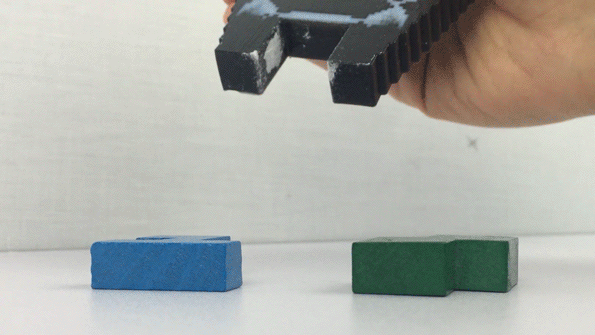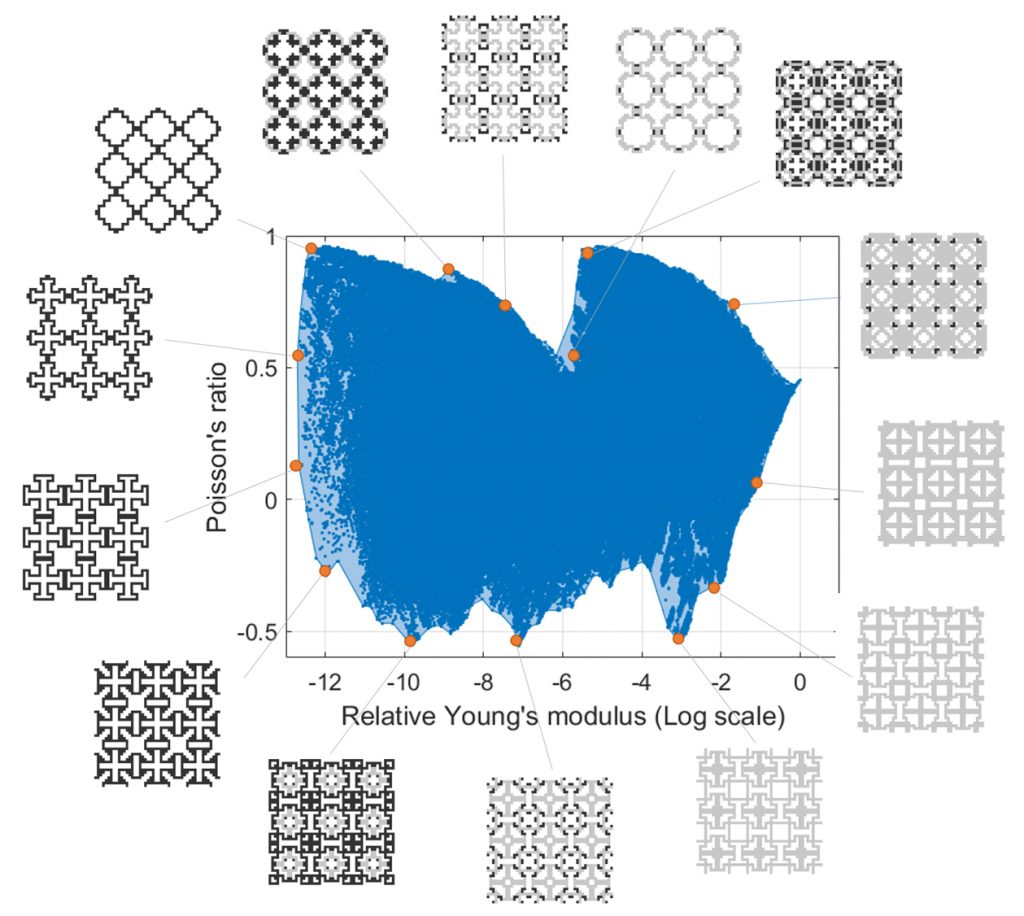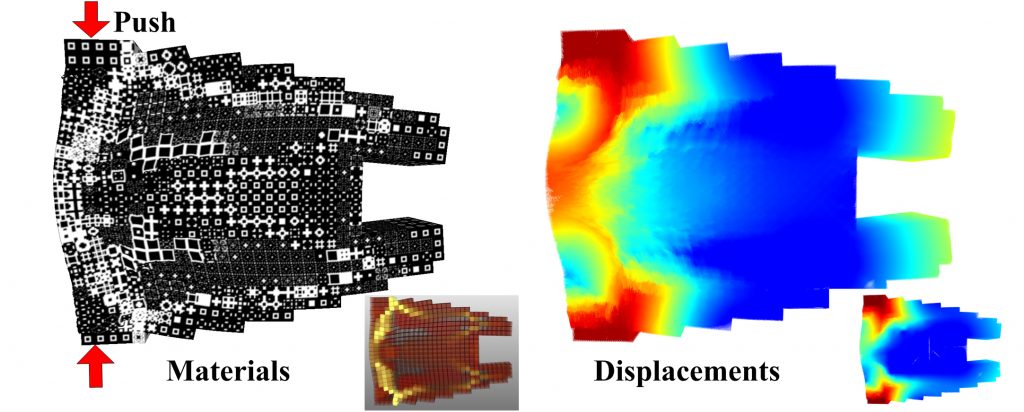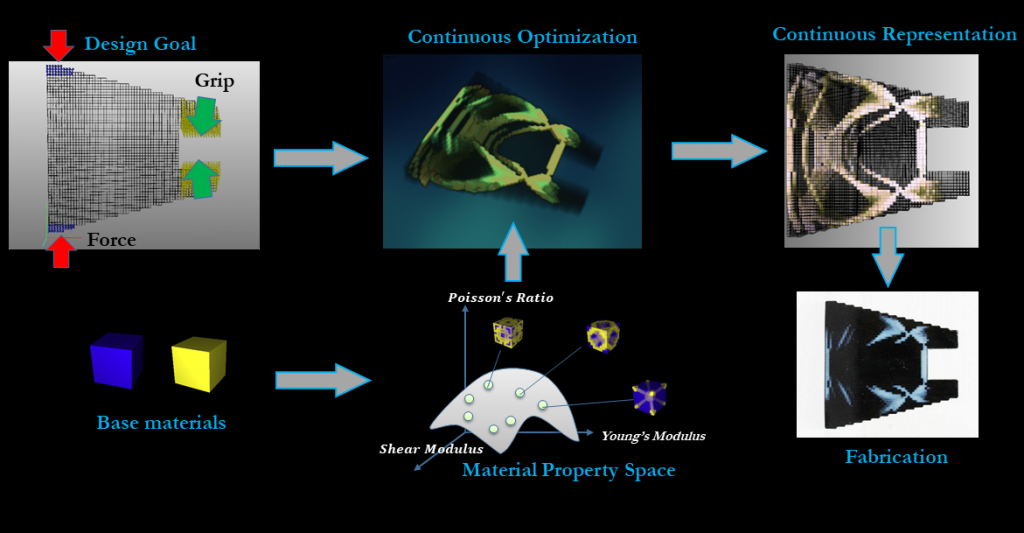Most objects that perform a function in our daily lives are made from more than one material. As such, uncovering a code to crack multimaterial capabilities is one of the core pursuits in cutting-edge 3D printing technology.
On the side of hardware, manufacturers have developed dual-nozzle extrusion, interchangeable printheads, and material jetting systems to effectively 3D print objects in more than one kind of plastic.
What these systems now need is a robust software that allows designers and engineers to make the most of a machine’s abilities.
In a recent study from the Computer Science and Artificial Intelligence Lab (CSAIL) at Massachusetts Institute of Technology (MIT), researchers seek to provide just that by breaking functional objects down into their voxels.

Design alone is not enough
The CSAIL paper is concerned with a method of topology optimization for computer aided design.
Speaking to MIT News, first author Bo Zhu explains, “Conventionally, people design 3D prints manually, but when you want to have some higher-level goal — for example, you want to design a chair with maximum stiffness or design some functional soft gripper — then intuition or experience is maybe not enough.”
Through theoretical mathematics, Zhu adds, the research incorporates “physics and simulation in the design loop” to achieve a desired function.
Voxel by voxel
Taking the voxel structure of an object, CSAIL researchers demonstrate how microstructure can be tuned to perform a particular function.

Structural tuning is made possible by cube composition. In the CSAIL study, cubes are composed of two base materials; Stratasys rigid Vero Clear resin and the flexible Tango Black Plus.
The CSAIL team catalogues a number of patterns possible with the two base materials, corresponding to variation in the Young’s Modulus and Poisson’s Ratio of the blocks when under stress.

When a design is loaded, e.g. the soft gripper below, material combinations are taken from this catalogue and arranged according to purpose.

Further reading
Directions for future work by Zhu, Skouras, Chen and Matusik includes an investigation of other multimaterial microstructures incorporating electrical or magnetic properties. The team also hope to advance the catalogue for a range of other engineering applications.

A full paper on Two-Scale Topology Optimization with Microstructures can be accessed online in the journal ACM Transactions on Graphics. It is co-authored by Bo Zhu, Mélinda Skouras, Desai Chen and Wojciech Matusik.
Researchers at MIT CSAIL are also developing Foundry design software, dubbed “photoshop for 3D materials”.
To stay up to date with the latest 3D printing news and research sign up to the most widely read newsletter in the industry, like us on Facebook and follow us on Twitter.
Check out our events page, and sign up to our 3D printing jobs site here.
Featured image: Examples of multimaterial patterns possible through optomization. Image via Zhu, Skouras, Chen & Matusik



